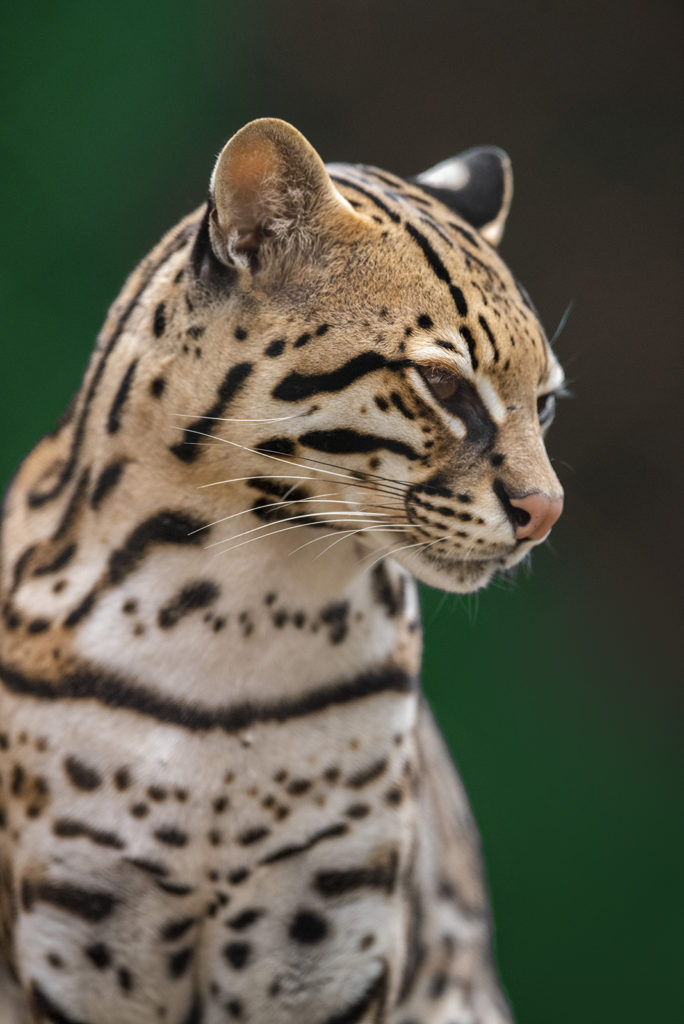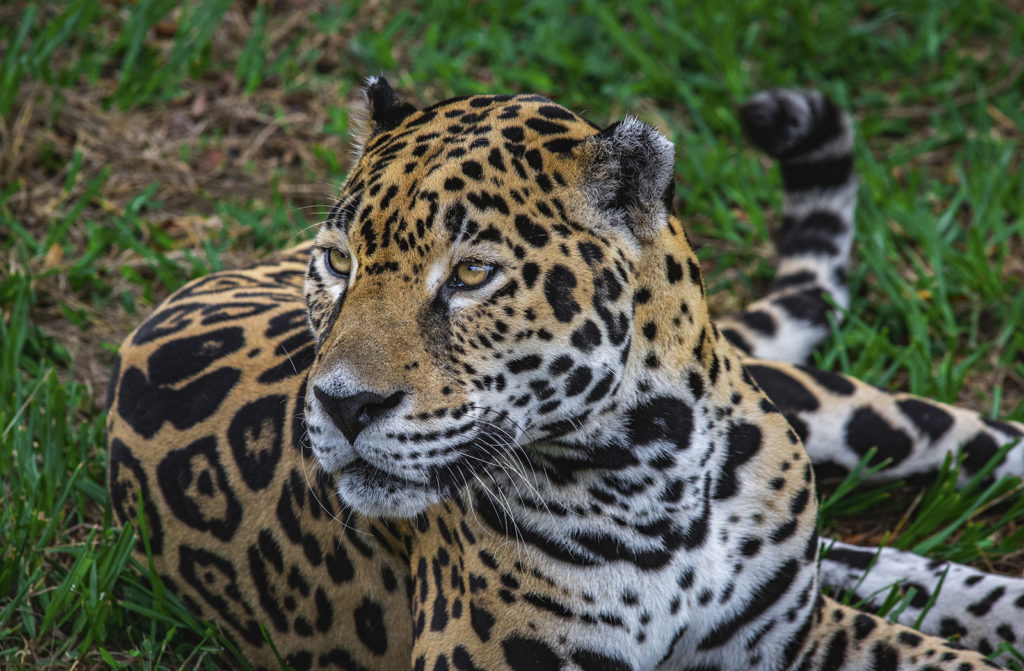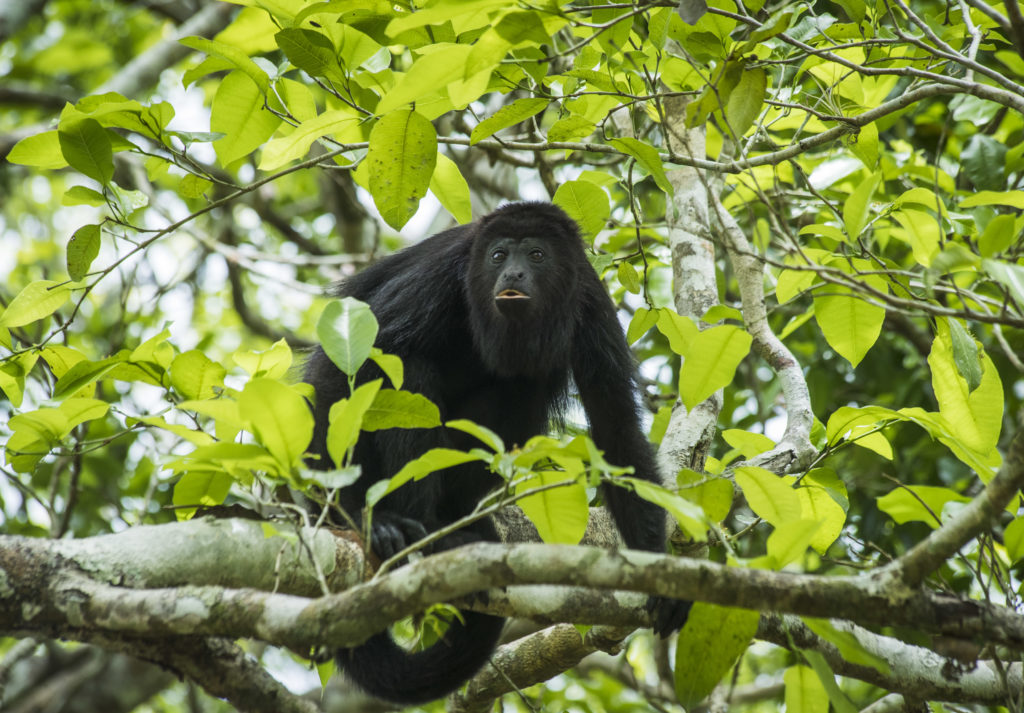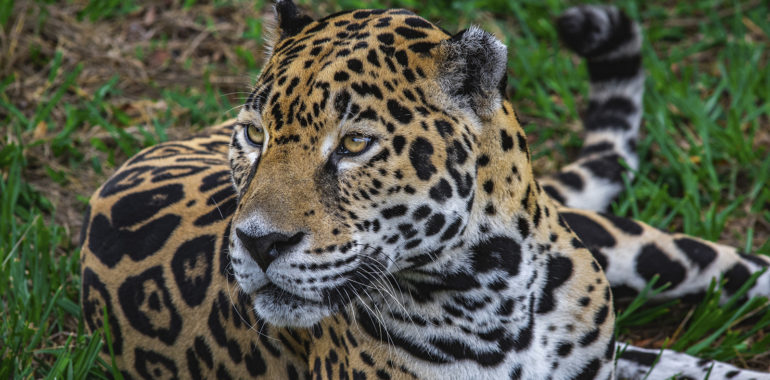The Census of Marine Life scientists estimated the total number of species on Earth (the most precise calculation ever offered), announcing 6.5 million species found on land and 2.2 million (about 25 percent of the total) dwelling in the ocean depths, that means about 8.7 million. Can you imagine how many exotic animals you don’t know yet? Just in Guatemala can be found approximately 2,389 animals distributed in 720 birds, 244 mammals, 245 reptiles, 1,033 fishes, 147 amphibians (CONAP, 2015) and we bet there are more species to be discovered. But even if our planet is inhabited for millions of different animals, human activities have threatened many of them, principally by destroying habitats and practicing illegal hunting.
That’s why, every October 4th, since 1929 is celebrated the World Animal Day as an initiative of the World Organization for Animal Protection, to help raise awareness of the environmental value of animals and contribute to their conservation.


According to a big list of the species that appears on the appendices of the Convention on International Trade in Endangered Species of Wild Fauna and Flora (CITES) these are some of the threatened animals in Central America and its trade is forbidden (table 1). You can also check the conservation status of these species or any other you are interested for on The International Union for Conservation of Nature’s Red List of Threatened Species
| Class | Species | Common Name | CITES Appendix |
Conservation status IUCN list |
| Reptiles | Caretta caretta | Loggerhead Turtle | I | Decreasing. Vulnerable |
| Chelonia mydas | Green turtle | I | Decreasing. Endangered | |
| Dermochelys coriacea | Leatherback | I | Decreasing. Vulnerable | |
| Eretmochelys imbricata | Hawksbill Turtle | I | Decreasing. Critically endangered | |
| Lepidochelys olivacea | Olive Ridley | I | Decreasing. Vulnerable | |
| Fishes | Hippocampus erectus | Lined Seahorse | II | Decreasing. Vulnerable |
| Hippocampus ingens | Giant Seahorse | II | Decreasing. Vulnerable | |
| Pristis pristis | Largetooth Sawfish | I | Decreasing. Critically endangered | |
| Rhincodon typus | Whale Shark | I | Decreasing. Endangered | |
| Birds | Amazona auropalliata | Yellow-naped Amazon | I | Decreasing. Endangered |
| Ara macao | Scarlet Macaw | I | Decreasing. Least concern | |
| Falco deiroleucus | Orange-breasted Falcon | II | Decreasing. Near threatened | |
| Harpia harpyja | Harpy Eagle | I | Decreasing. Near threatened | |
| Pharomachrus mocinno | Quetzal | I | Decreasing. Near threatened | |
| Mammals | Alouatta palliata | Mantled Howler Monkey | I | Decreasing. Vulnerable. |
| Alouatta pigra | Black Howler Monkey | I | Decreasing. Endangered | |
| Leopardus pardalis | Ocelote | I | Decreasing. Least concern | |
| Leopardus wiedii | Margay | I | Decreasing. Near threatened | |
| Panthera onca | Jaguar | I | Decreasing. Near threatened | |
| Puma concolor | Puma | I | Decreasing. Least concern | |
| Puma yagouaroundi | Jaguarundi | I | Decreasing. Least concern | |
| Tapirus bairdii | Tapir | I | Decreasing. Endangered | |
| Trichechus manatus | American Manatee | I | Decreasing. Vulnerable. | |
| Arachnids | Brachypelma sabulosum | Guatemalan redrump | II | Decreasing. Data deficient |
Note: Appendix I includes all species in danger of extinction. Trade in specimens of these species is prohibited and is authorized only under exceptional circumstances. Appendix 2 are species restricted to a single habitat type (endemic)



The previous table is a small sample of all the animals that are being affected and decreasing their population by many reasons where humans are involved, but the real list is longer and could be even longer each year if we don’t take care of nature. Awareness from society and the commitment of institutions can stop the process of extinction of these species in the red list. We are called on days like this to participate in activities for the knowledge and defense of all types of animals and support the entities. Some examples of these entities in Guatemala are:
- Panthera Guatemala: Feline conservation.
- ARCAS Guatemala: Wild rescue and conservation.
- Antigua Exotic: Wildlife rescue center.
- Zotz: Conservation program for bats.
- FUNDAECO: management, protection and conservation of the Protected Areas.
- Defensores de la Naturaleza: Manage and conservation of the Guatemalan natural resources.
- ASOGUAMA: Mammals conservation
- CONAP: The national council of protected areas, is the governing body for the conservation and protection of wildlife in Guatemala
To report the presence of wild animals in urban areas or to report illegal trade and trafficking in Guatemala, you can contact the following numbers:
Public Ministry: 5990-0014 – Diprona / PNC: 4503-2107 and 3032-5596 – CONAP PBX: 1547
Let’s celebrate and care for the animals that share this beautiful world with us! Do you already have a favorite one?
To continue learning about native animals and plants visit our websites
https://www.maya-ethnozoology.org/
http://www.maya-ethnobotany.org/
https://flaar-mesoamerica.org/
BIBLIOGRAPHY
- 2015
- Flora y Fauna de GuatemalaRead online:
www.prensalibre.com/guatemala/comunitario/flora-y-fauna-de-guatemala/ - 2011
- How many species on Earth? About 8.7 million, new estimate says. Census of Marine LifeRead online:
www.sciencedaily.com/releases/2011/08/110823180459.htm - 2010
- Listados Actualizados de las Especies de Fauna y Flora. Incluidas en los apéndices de la CITES, distribuidas en Centroamérica y República Dominicana.Read online:
www.caftadr-environment.org/spanish/
outreach/publications/
CITES%20
Updated%20Fauna%20and%20Flora
%20Species%20(Spanish).pdf
https://www.iucnredlist.org/
The International Union for Conservation of Nature’s Red List of Threatened Species
First posted, October 2020
Note by Vivian Hurtado, FLAAR Mesoamerica (Guatemala).

